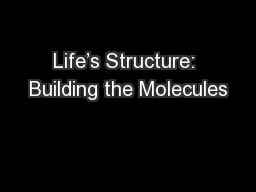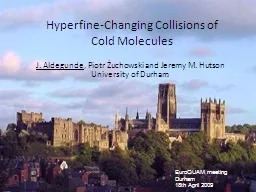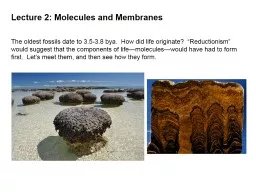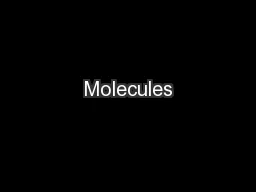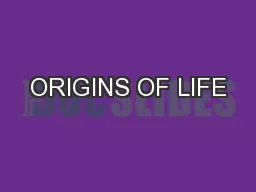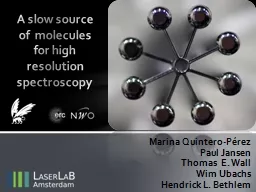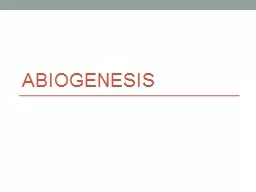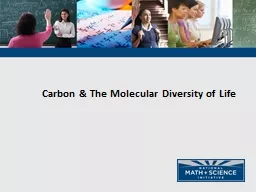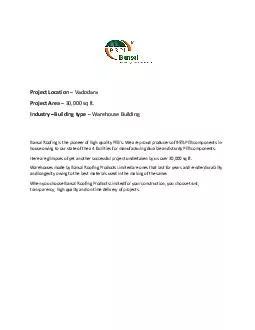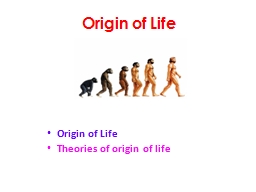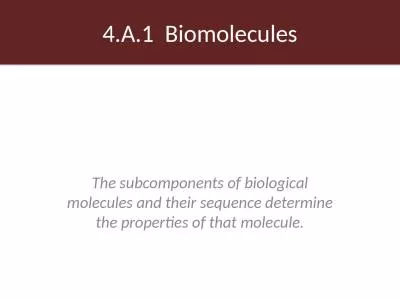PPT-Life’s Structure: Building the Molecules
Author : mitsue-stanley | Published Date : 2017-07-27
All life uses 6 major elements If we survey the molecules from which life is constructed we find six that are found in all living things and have often been described
Presentation Embed Code
Download Presentation
Download Presentation The PPT/PDF document "Life’s Structure: Building the Molecul..." is the property of its rightful owner. Permission is granted to download and print the materials on this website for personal, non-commercial use only, and to display it on your personal computer provided you do not modify the materials and that you retain all copyright notices contained in the materials. By downloading content from our website, you accept the terms of this agreement.
Life’s Structure: Building the Molecules: Transcript
Download Rules Of Document
"Life’s Structure: Building the Molecules"The content belongs to its owner. You may download and print it for personal use, without modification, and keep all copyright notices. By downloading, you agree to these terms.
Related Documents

